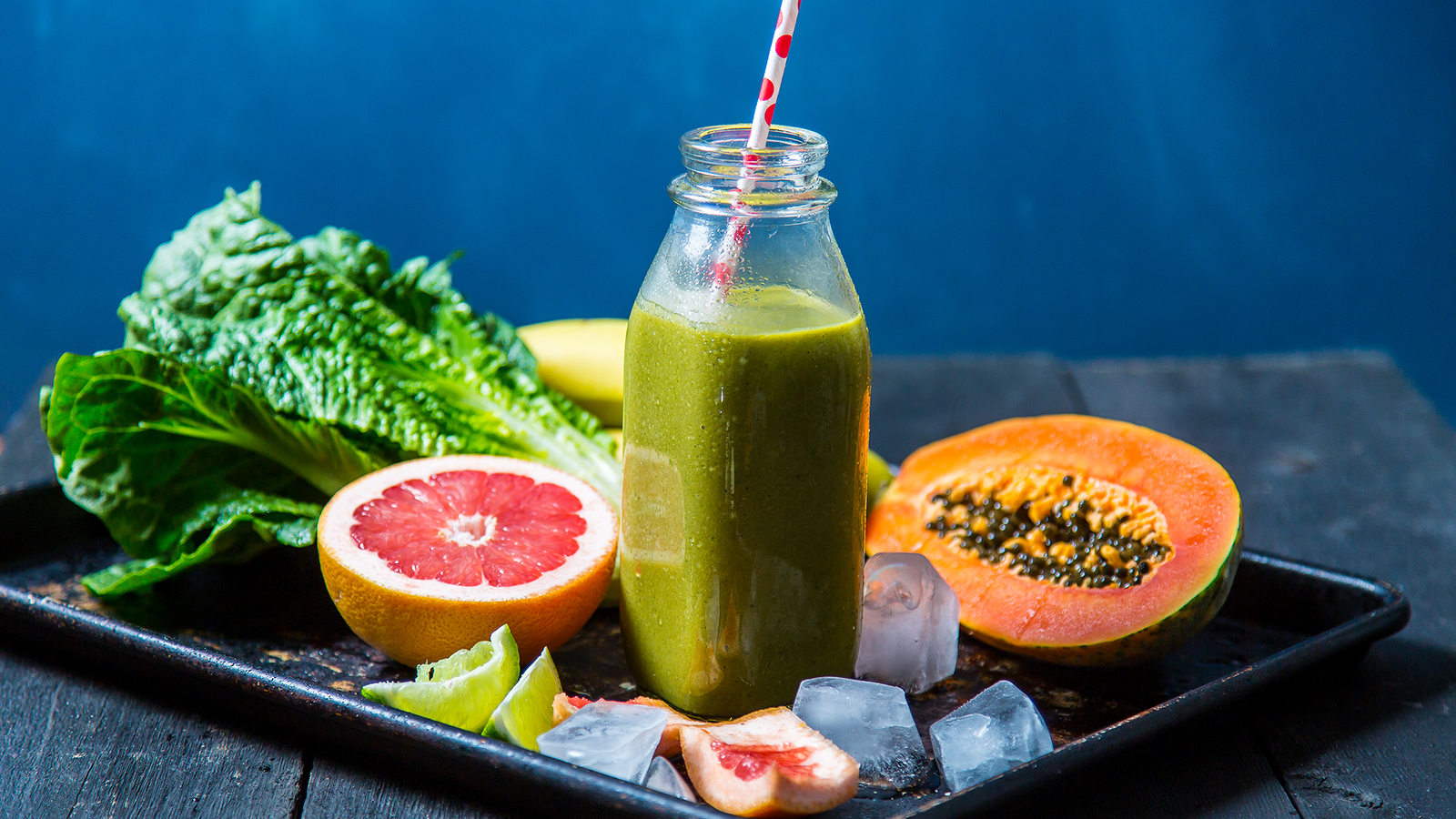
Just like mac & cheese or PB & J, B vitamins are better together. B vitamins work synergistically to help support metabolizing of macronutrients (proteins, carbohydrates and fats). They’re often referred to as the “B complex” and are usually found together in nature.
Let’s take a look at the most common B vitamins, their role in your body and where you can find them.
B1 (Thiamine or Thiamin)1
This little spark plug is a catalyst for many reactions in the body including supporting energy metabolism, which supports growth and function of cells. Let the sparks fly by enjoying foods including fortified cereals, acorn squash, and black beans.
B2 (Riboflavin)2
Working synergistically with other B vitamins, riboflavin plays a role as a part of two co-enzymes that are a part of energy production and the metabolism of fats. Add B2 to your day with Portobello mushrooms and almonds.
B3 (Niacin)3
Niacin aids in the function of nerves. No need to get flushed when eating food-based niacin. . from foods like peanuts. It’s true, some people may experience a warm sensation, redness and even itching know as a “niacin flush” when taking a niacin supplement, but it is not common to have this reaction when eating foods.
B5 (Pantothenic Acid)4
Pantothenic acid plays a role in the digestion macronutrients, carbs, protein and fats. You can find pantothenic acid in a wide variety of foods including avocados and sweet potatoes.5
B6 (Pyridoxine)6
Pyridoxine plays an important role in many functions in the body. It’s involved in over 100 enzyme reactions and plays a role in both cognitive development and immune function. Chickpeas and potatoes are both excellent sources of pyridoxine
B7 (Biotin)
Biotin plays a role in providing energy through the efficient breakdown of macronutrients, carbs, protein and fat.7 Biotin can be found in those avocados with which you love to top your toast.8
B9 (Folate or Folic Acid)9
Folate (folic acid when consumed as a supplement) is needed to make DNA and other genetic material and for cell division. Folate is found in vegetables such as spinach, romaine lettuce, brussel sprouts and this tropical Folate-rich smoothie recipe!
B12 (Cobalamin)10
Vitamin B12 is needed for the formation of red blood cells and plays a role in neurological function. B12 can be found in many fortified breakfast cereals, often providing 6mcg or 100% of your daily value.
For a convenient way to add B vitamins to your day, try Vega One® Organic All-in-One Shake to your morning smoothie.
If you’re concerned about your vitamin B intake, we recommend speaking to your health care practitioner, working together to find the vitamin intake that’s suited for you.
References:
- National institutes of health. (2013). Dietary supplement fact sheet: thiamin. Retrieved august 28, 2016, from https://ods.od.nih.gov/factsheets/thiamin-healthprofessional/
- National institutes of health. (2013). Dietary supplement fact sheet: riboflain retrieved august 28, 2016, from https://ods.od.nih.gov/factsheets/riboflavin-healthprofessional/
- Niacin: medlineplus medical encyclopedia. Retrieved august 28, 2016, from https://medlineplus.gov/ency/article/002409.htm
- Pantothenic acid: medlineplus medical encyclopedia. (n.d.). Retrieved august 28, 2016, from https://medlineplus.gov/druginfo/natural/853.html
- Micronutrient Information Center. (n.d.). Retrieved August 28, 2016, from http://lpi.oregonstate.edu/mic/vitamins/pantothenic-acid#food-sources
- National institutes of health. (2013). Dietary supplement fact sheet: vitamin b6 retrieved august 28, 2016, from https://ods.od.nih.gov/factsheets/vitaminb6-healthprofessional/
- Biotin: medlineplus medical encyclopedia. (n.d.). Retrieved august 28, 2016, from https://medlineplus.gov/druginfo/natural/313.html
- Micronutrient information center. (n.d.). Retrieved august 28, 2016, fromhttp://lpi.oregonstate.edu/mic/vitamins/biotin
- National institutes of health. (2013). Quickfacts: folate. Retrieved august 28, 2016, fromhttp://ods.od.nih.gov/factsheets/folate-quickfacts/
- National institutes of health. (2013). Quickfacts: vitamin b12. Retrieved august 28, 2016, from https://ods.od.nih.gov/factsheets/vitaminb12-healthprofessional/
Related Articles
-
 Read article
Read articleHow to Make a Smoothie Fast, Without a Blender
It’s time for Smoothie 101. Make smoothies fast, using tools you already have in your kitchen....
-
 Read article
Read articleWhat to Eat During A Workout
Not sure what to eat during a workout? Toss the orange slices and pick up one...
-
 Read article
Read articleHow to Bake with Vega Protein Powders
How to substitute flour with Vega plant-based protein powders in your baked goods.








